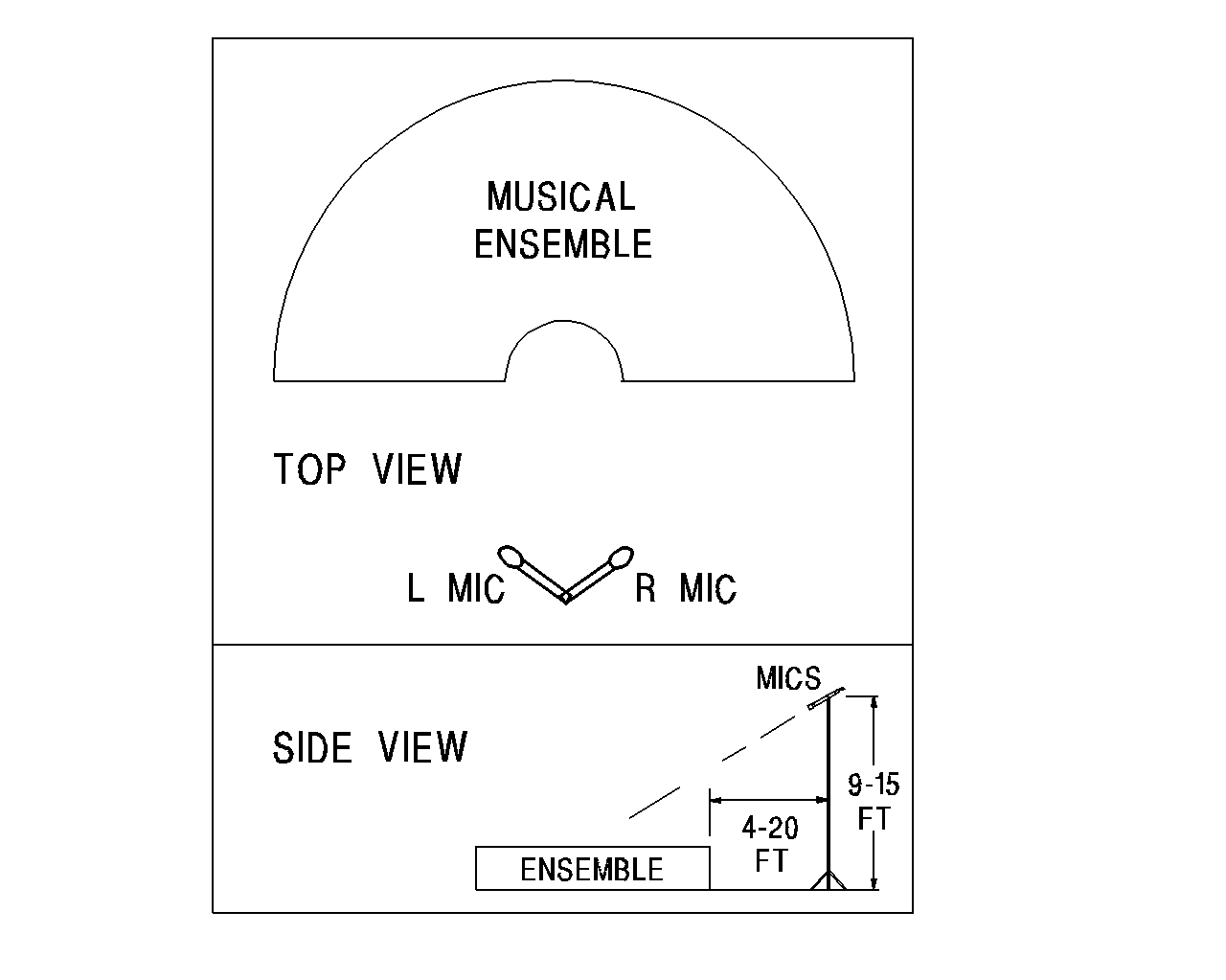While I feel like the layout of an orchestra is a sort of sacred thing, I will never the less put forth the following question :
Is the layout of an orchestra time aligned?
Whenever I attend a performance where classical music is played by an orchestra, I look at the layout of the instruments, and I think back to the installation I am constructing at home, where one of the goals is to achieve proper time alignment of the drivers.
Looking at the orchestra, I see that the instruments are laid out with the Contra bass, kettle drums, tubas, bassoons and other lower frequency instruments at or toward the extreme perimeter, with violins, violas, flutes, and other higher frequency instruments toward the front and center. This means that in general, instruments producing the lowest frequencies are in furthest from what are considered the best seats, while instruments producing the highest frequencies are closer.

Assuming one is sitting in a good seat, the higher frequencies must arrive sooner than the lower frequencies, in part because higher frequencies travel faster, and in part because their point of origin is closer to the listener.
I know the conductor is there to conduct, and it is possible that he might act in part as a sort of HSP (Human Signal Processor, as opposed to a DSP), but I doubt he is capable of accurately predicting the delay necessary to effect a synchronized arrival of all frequencies to those good seats located some distance behind him. There are certainly other good reasons why the violins are right there under the conductor's nose, but it would seem to me that with regard to time alignment, the layout typically used is in fact the inverse of what would be logical. Why then once the music starts, do I forget all about time alignment?
Is a lack of time alignment something we accept in live music?
Now, with regard to audio : Imagine we purchase a recording of that same performance made that same evening. We take it home and play it on an insatallation having properly time aligned drivers. It is logical that we would be hearing the nature of the time alignment as captured during the recording of that same live event.
Ok, so what about microphone placement?
I did a quick bit of searching, and discovered the following diagram showing proper mic placement when recording classical music (there is a surprising lack of this sort of information out there):

This diagram shows a pair of mics placed 4-20ft in front of and 8-15ft above the musicians.
Looking back at the layout, confirms that the sound of the violins would be picked up first... while tubas and kettle drums would be likely last to arrive.
Is this what we faithfully reproduce when we time align our drivers?
Any thoughts ?
jd*